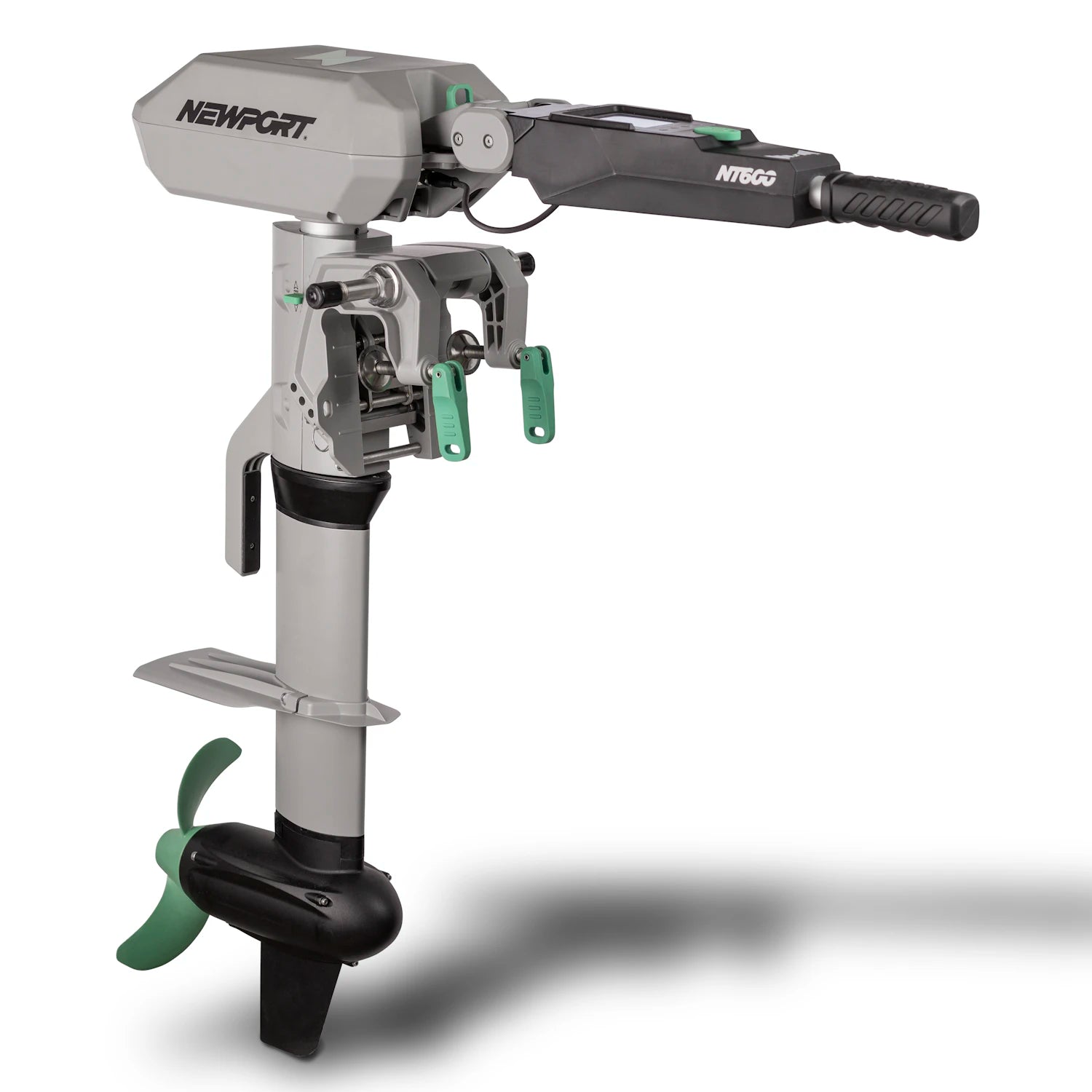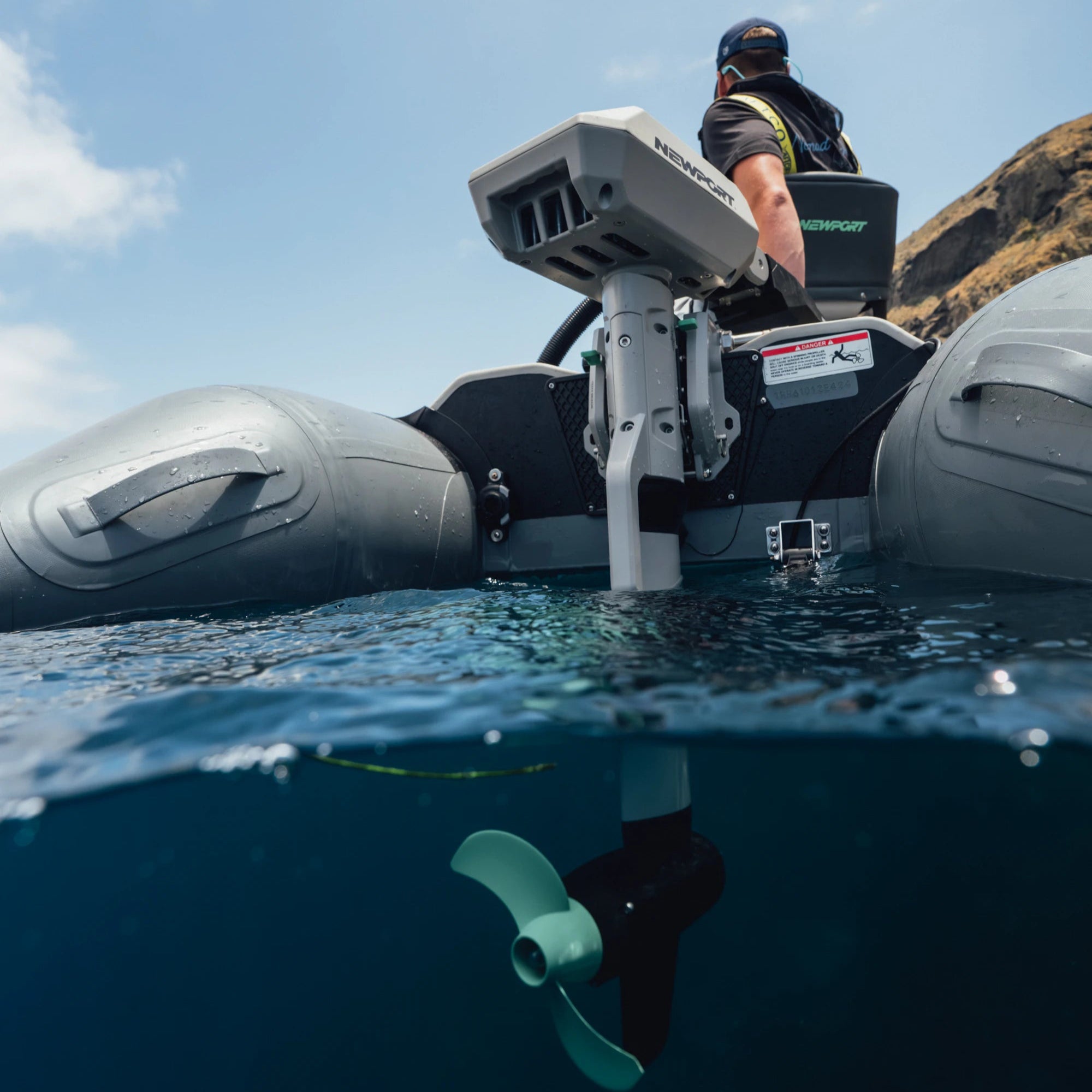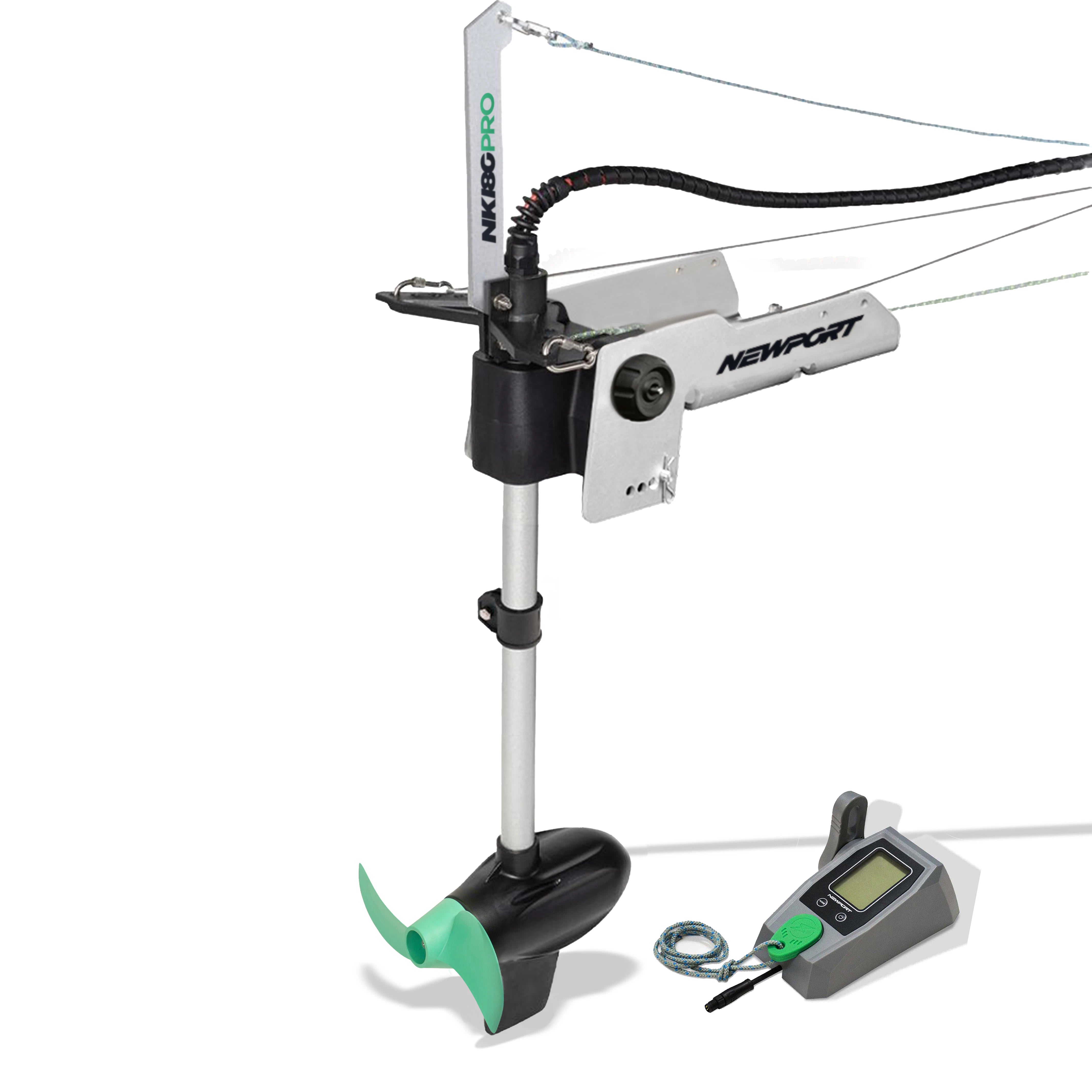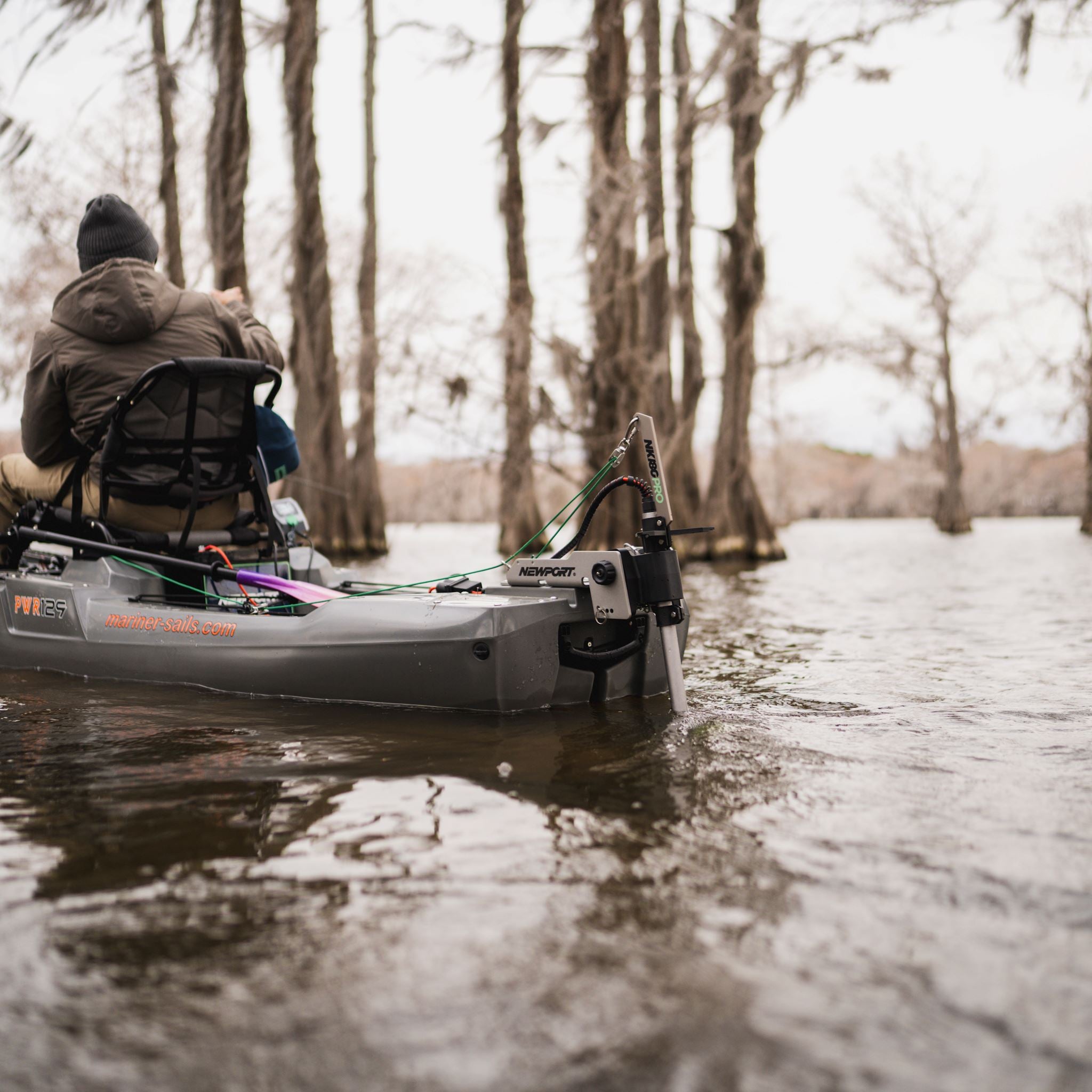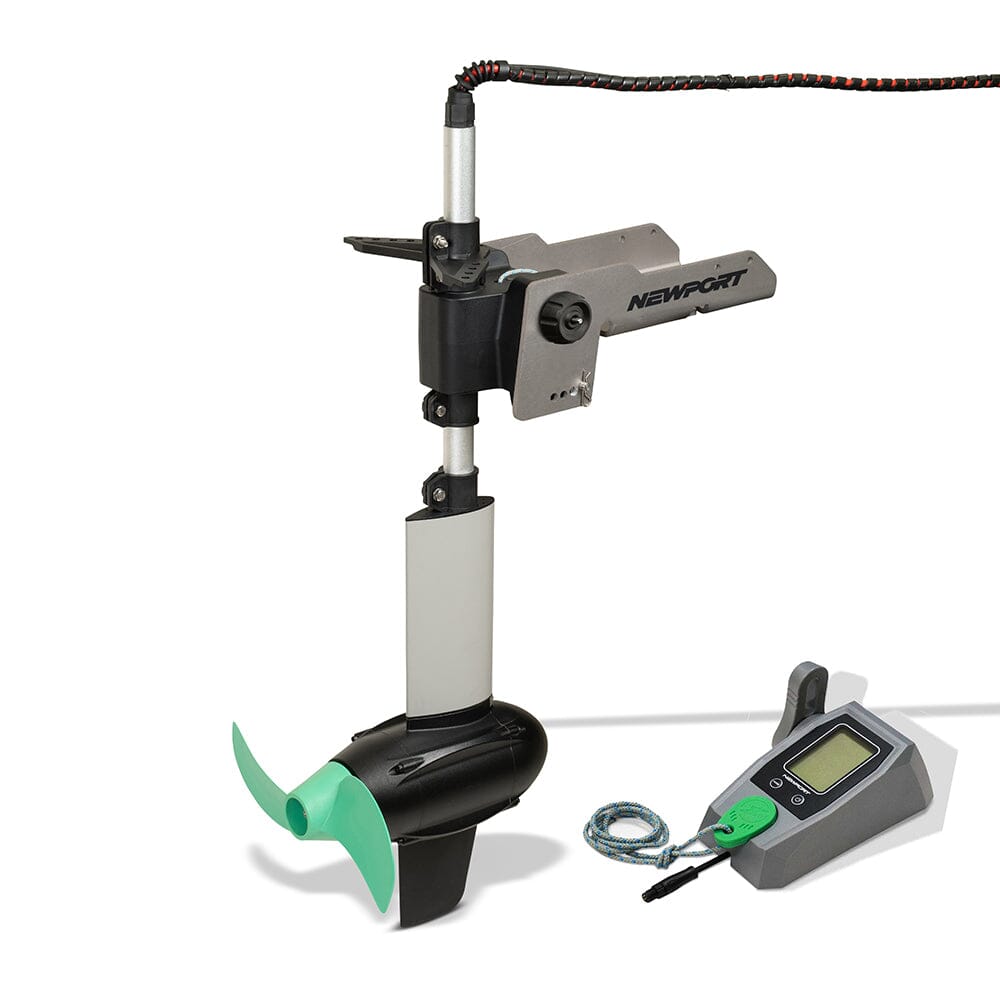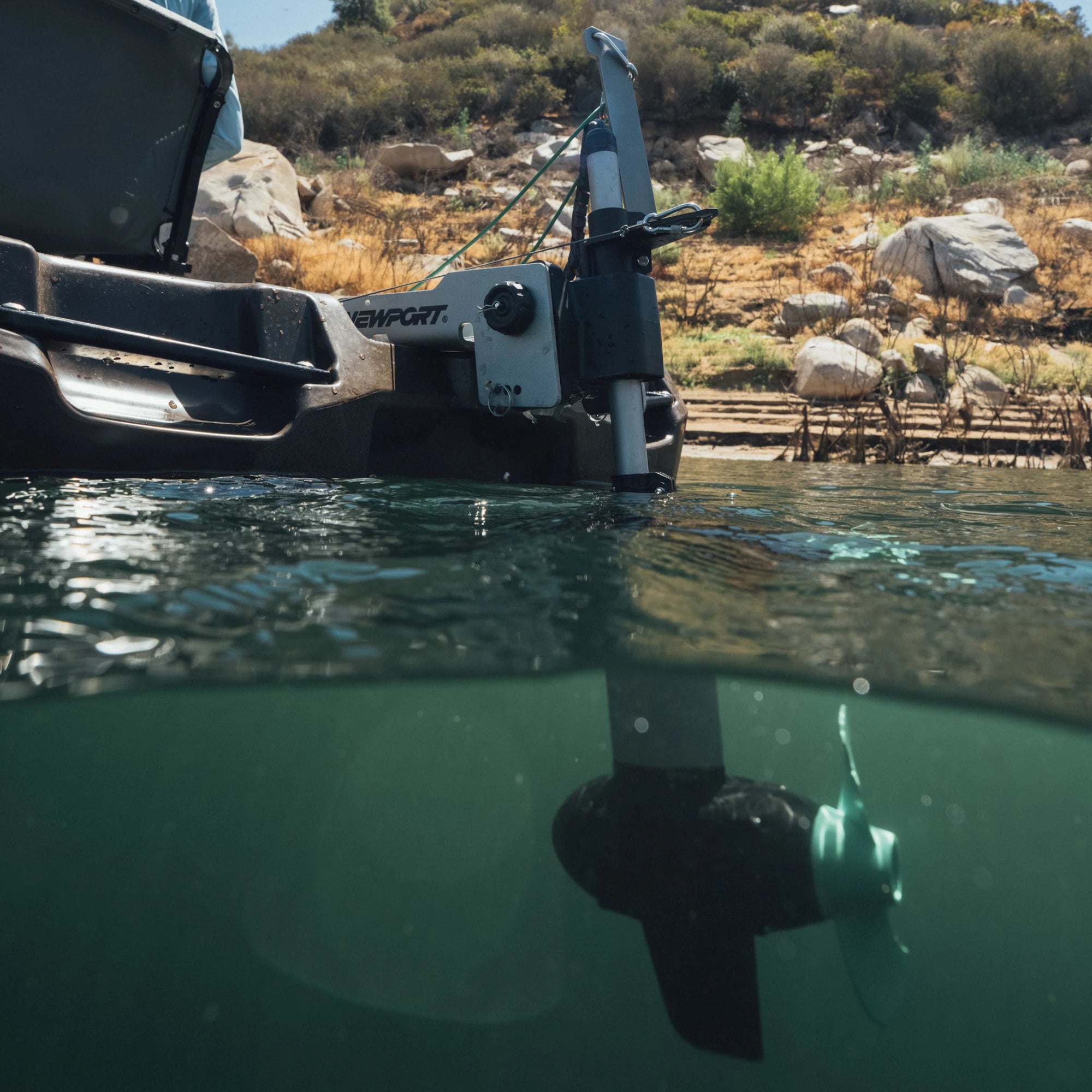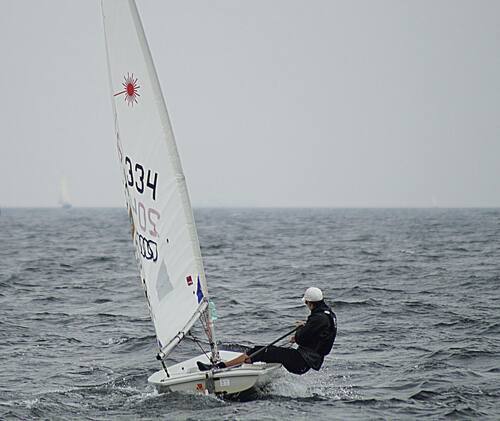Sailing Basics
Anyone who has spent time on a wind-powered vessel is at least somewhat acquainted with the various lines, pulleys, and wires that adorn sailboats like moorings adorn harbors. Naturally, they aren’t just for show – these mechanisms are known as sail controls, and they allow sailors to harness the energy of the wind as effectively as possible. Properly adjusted sail controls ensure that sail shape is optimal for the current weather conditions and direction of travel, and understanding how to use them is an essential skill for any confident sailor.
Sail Shape: Before going over a few of the different sail controls, it’s important to understand the basics of reading sail shape. This is where control adjustments will be visible, and where the principles behind the controls come from. The two constituents of sail shape are called twist and draft.

Draft refers to the fullness or curvature of the sail – it describes where the force of the wind is most concentrated on the sail, and how much force is concentrated there as air flows from luff to leech (the front and back sides of the sail, respectively). Draft indicates how much power a sail has – a deeper draft further aft means a more powered sail, and a flatter sail with the draft further forward indicates less power.
Twist refers to the degree to which the leech of the sail curves from top to bottom. The twist in the leech modifies the way air flows over the sail and affects a vessels pointing ability upwind – less twist while sailing on a close hauled course will allow you to steer the bow more directly upwind without losing power. Twist is most visible towards the head of the sail – more twist will angle the top batten further away from the boom (known as an “opening the leech”) and less twist will turn the end of the top batten back inward towards the boom (known as “closing the leech”). Generally, the ideal amount of twist when sailing upwind keeps the top batten of the main sail parallel to the boom. If the leech is too open, pointing ability is sacrificed, and if the leech is too closed, the sail will stall and lose power.

The specific effects of draft and twist might be confusing at first (especially since the concept of twist introduces a bit more terminology), but the most basic way to think about sail shape is to remember that more draft means more power (and vice versa), and less twist means better pointing ability. Accordingly, the sail controls will be used to adjust a vessel’s power and pointing ability by powering and depowering the sails as needed. Here is a list of a few of the most fundamental sail controls and their specific effects on sail shape:
Mainsheet: In addition to trimming the main sail in and easing it out, the main sheet pulls down on the boom while sailing upwind with the boom close to center. This decreases twist (closing the leech) and enhances pointing ability. Just be sure not to close the leech too much, and to keep the top batten parallel to the boom.
Outhaul: The outhaul hauls the sail out to the end of the boom, and has a significant effect on a sail’s draft. More outhaul tension creates a flatter sail shape, lessening the draft and depowering the sail. Less outhaul tension creates a deeper draft and fuller sail, increasing power. A flat sail shape (with a closed leech) is best for pointing upwind, and a fuller sail shape is helpful when more speed is required (when breaking through waves, for instance).
Boom Vang: The boom vang runs diagonally from the front end of the boom down to the mast, and affects both the draft and twist of the sail. Tightening the vang pulls down on the boom and decreases twist, closing the leech. When sailing upwind, a tight boom vang and closed leech (again, keeping the top batten parallel to the boom) increase pointing ability. Tension on the vang also flattens the sail, decreasing draft and making the boat easier to control in heavy wind. In a lighter breeze or when sailing downwind, decreasing tension on the boom vang will deepen the draft and open the leech for easier airflow.
Cunningham/Downhaul: The Cunningham or downhaul is a line which passes through a grommet on the front side (the luff) of the main sail. It can be used to pull the luff downward in order to decrease draft, flattening and depowering the sail.
To sum things up: create a flatter sail shape by adding tension to the above sail controls when pointing upwind, or in order to depower the sail for easier control in heavy air. Create a fuller sail shape by easing tension on the above controls for increased power and boat speed. As you begin to practice these adjustments, their effects on sail shape will become easier to recognize, as will the effects of draft and twist on your boat’s speed and handling. Mastering the ability to manage your sail controls will be a huge step forward for your skill and confidence on the water.


